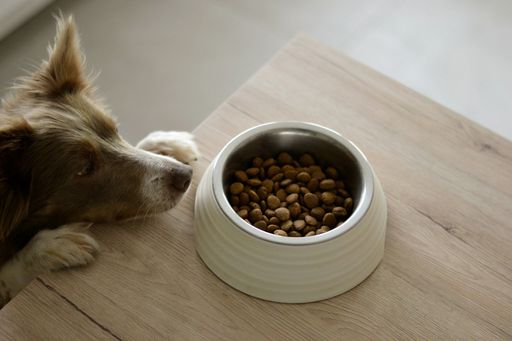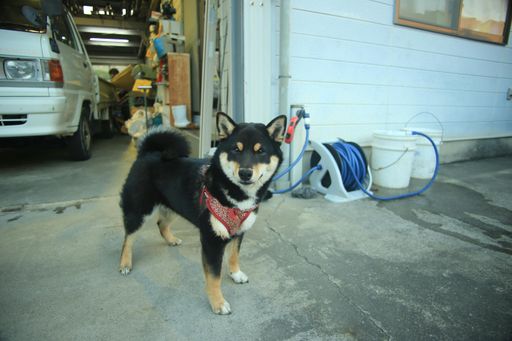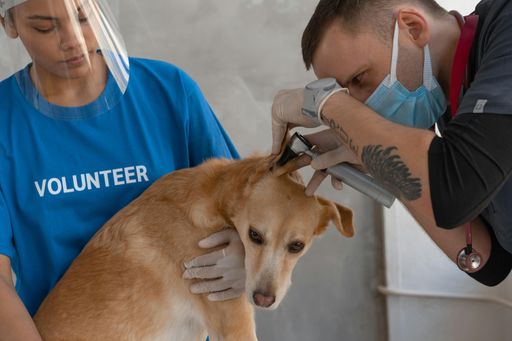Dog happiness means a comfortable home and outdoor environment, food and water, and, of course, a loving family. Creating restful and cozy canine comfort zones helps pups live their best lives. And that’s what we all want for our fur babies!
Dog health metrics keep track of the necessary elements for our furry friends. Metrics vary based on breed, size, and age. They are a breakdown of physical needs and behaviors, among other things.
Dog Metrics Defined
Dog health assessment metrics are a baseline of appetite, age, energy levels, mobility, social skills, and overall happiness. Knowing what human foods your dog can—and cannot—eat is an important part of the assessment because we all love to spoil our pups!
Your dog’s “normal” can be determined by a trusted veterinary team, but his metric elements may include:
- Heart rate—the number of beats per minute depends on the breed and size of the dog.
- Hydration—dogs need to drink a lot of water, especially in hot temperatures.
- Temperature—dogs’ body temperatures are usually around 100 degrees Fahrenheit.
- Respiration—normal breathing numbers will usually increase after physical activity.
- Appetite—“normal” eating habits sometimes change in extreme weather, but if your pup isn’t eating or drinking, it could be a sign of health problems.
- Energy and activity—if the pup seems uninterested in his normal activities, you may want to have him or her evaluated by a veterinarian.
From puppies to seniors, creating an individual dog health assessment will help you (and your veterinary team) know what to look for.
Happy Inside
Setting up your home for your dog’s safety and comfort doesn’t have to take a lot of space, but it will provide a sense of security for (wo)man’s best friend. When creating this restful space, think about how it might promote mental stimulation with interactive toys and puzzles.
Keeping dogs active and curious may cut down on instances of barking for no reason, chasing their tails, begging for attention, knocking over things, and chewing up furniture. If your furry family member is allowed to settle on sofas and stuffed chairs, consider what may be the best couch material for dogs.
Dogs like to nap during the day, but after a while, they’ll get bored, especially when they are home alone. You can still ensure your pup is engaged, even when you aren’t home.
- Open window blinds to let Fido watch your neighbors come and go.
- Leave the radio on.
- Purchase a home video surveillance system that lets you interact with your dog during the day.
- Hide treats around the house—dogs will use their natural hunting instincts to sniff them out.
- Set up a lick mat or treat puzzle.
- Have plenty of chew toys available.
Food and water are essential for your dog’s health. Regular feeding times are recommended, but water should always be available.
Cozy Resting Spots
It can be snuggly and warm when your dogs share your bed, but it can also get pretty crowded. Instead of too many heads in the bed, create a cozy resting spot in a dedicated corner where Fido can settle in comfortably.
Choose a quiet area of the house, such as an unused bedroom, laundry room, or basement. Add rugs, blankets, pillows, a few chewy dog toys, and treats to let your pup know that it is her place to be. Dogs often need a hiding place, especially during thunderstorms. Consider building a large indoor doghouse or adding a cage or carrier for them to snuggle into during times of stress.
Happy Outdoors
Dogs need outdoor space to run, play, sniff, and explore. Backyard and front yard fencing provide a safe outside environment for pups and kids.
Running, playing, chasing, digging … dogs love to be active. Set up a doggy playground in the backyard with pop-up tunnels, plastic street cones, or ladders… just about anything can be a dog toy!
No matter what the weather report says, dogs need to have a shady space to cool down when needed. Hot summer temperatures can cause overheating in dogs. If your dogs like to play in water, fill a dog pool with water for them to cool themselves off after chasing squirrels, chipmunks, and other little critters. Provide shade and water for cooling off with ease.
In the winter, if your pup gets cold easily, you can put them in a sweater or use a child-safe space heater near their cozy space.
Also, consider their paws in very hot or cold weather. Using boots, wax, or balm for paws will protect them from getting burns or frostbite.
Calm and happy dogs are healthier, especially when they know what to expect. We, as pet owners, must be proactive by providing our animals with excellent care. There’s nothing quite like being loved by a furry companion.


















